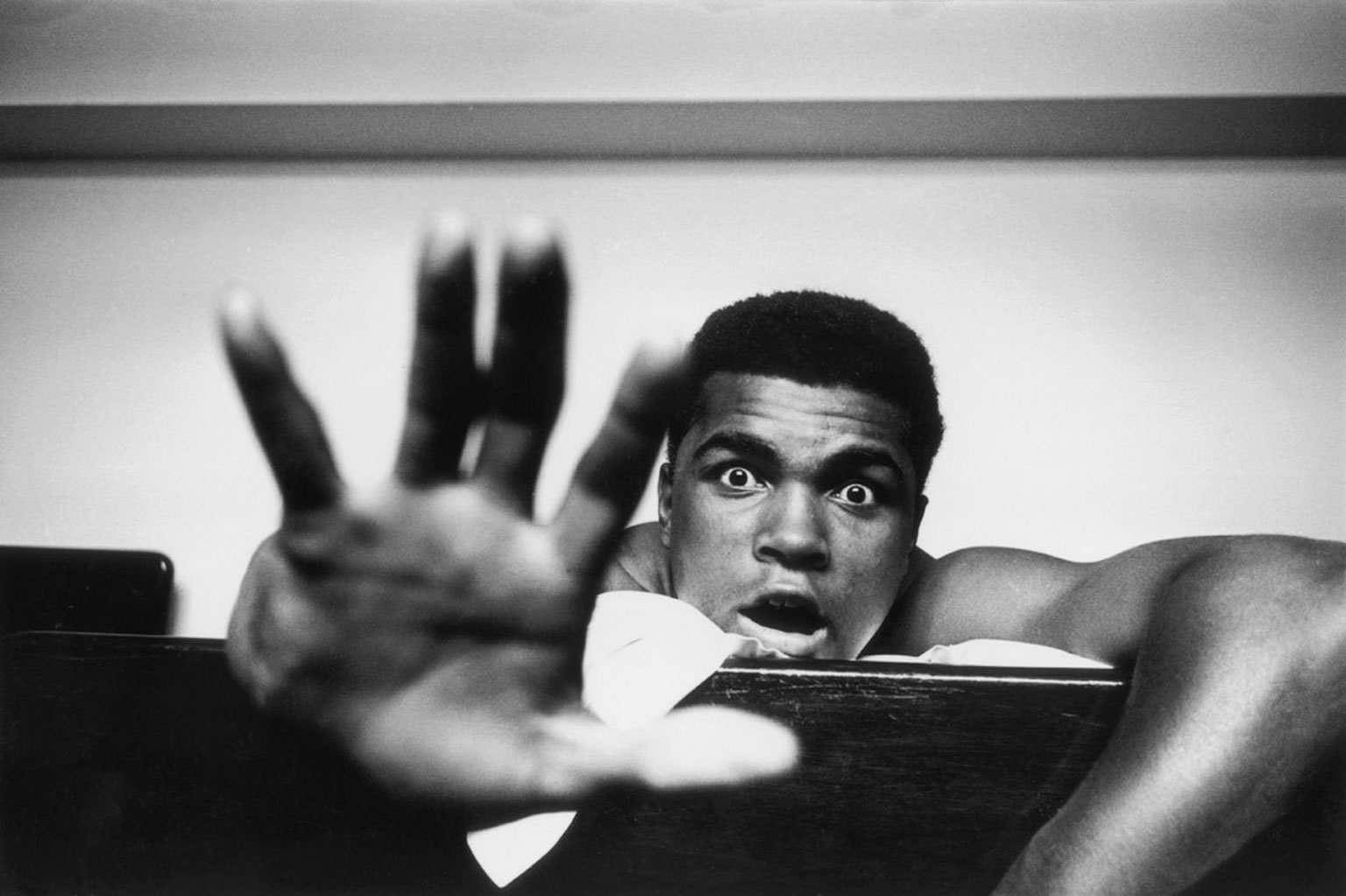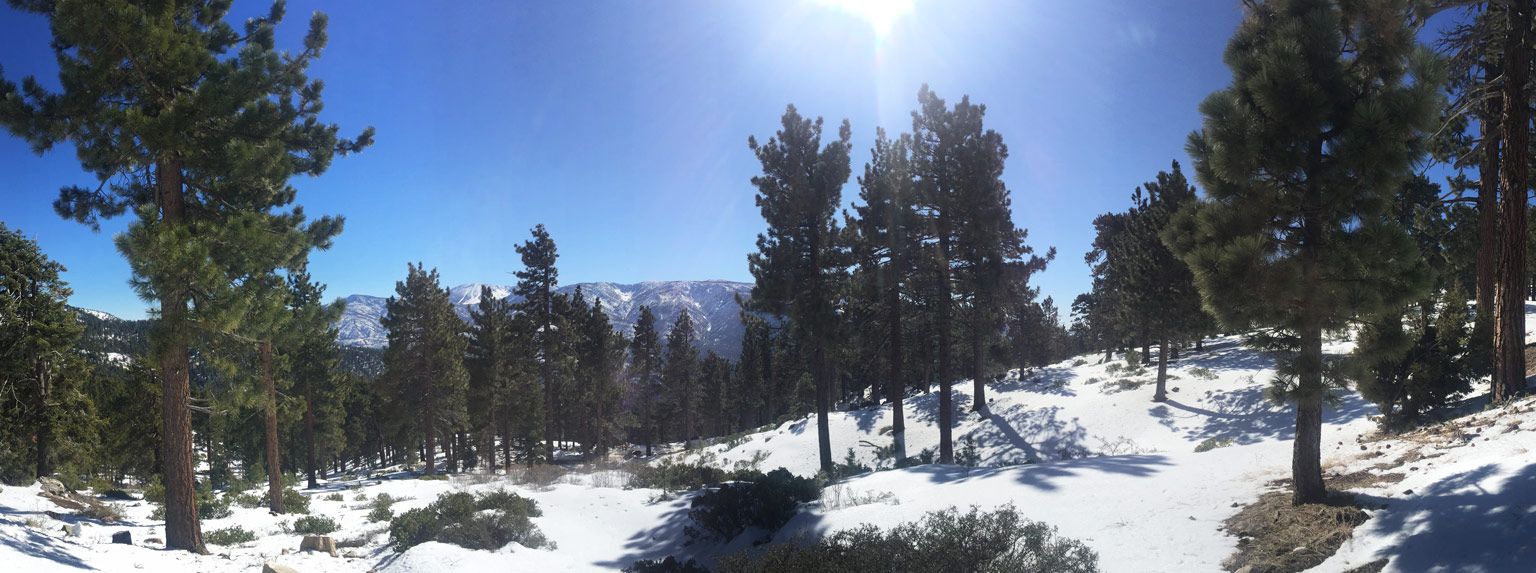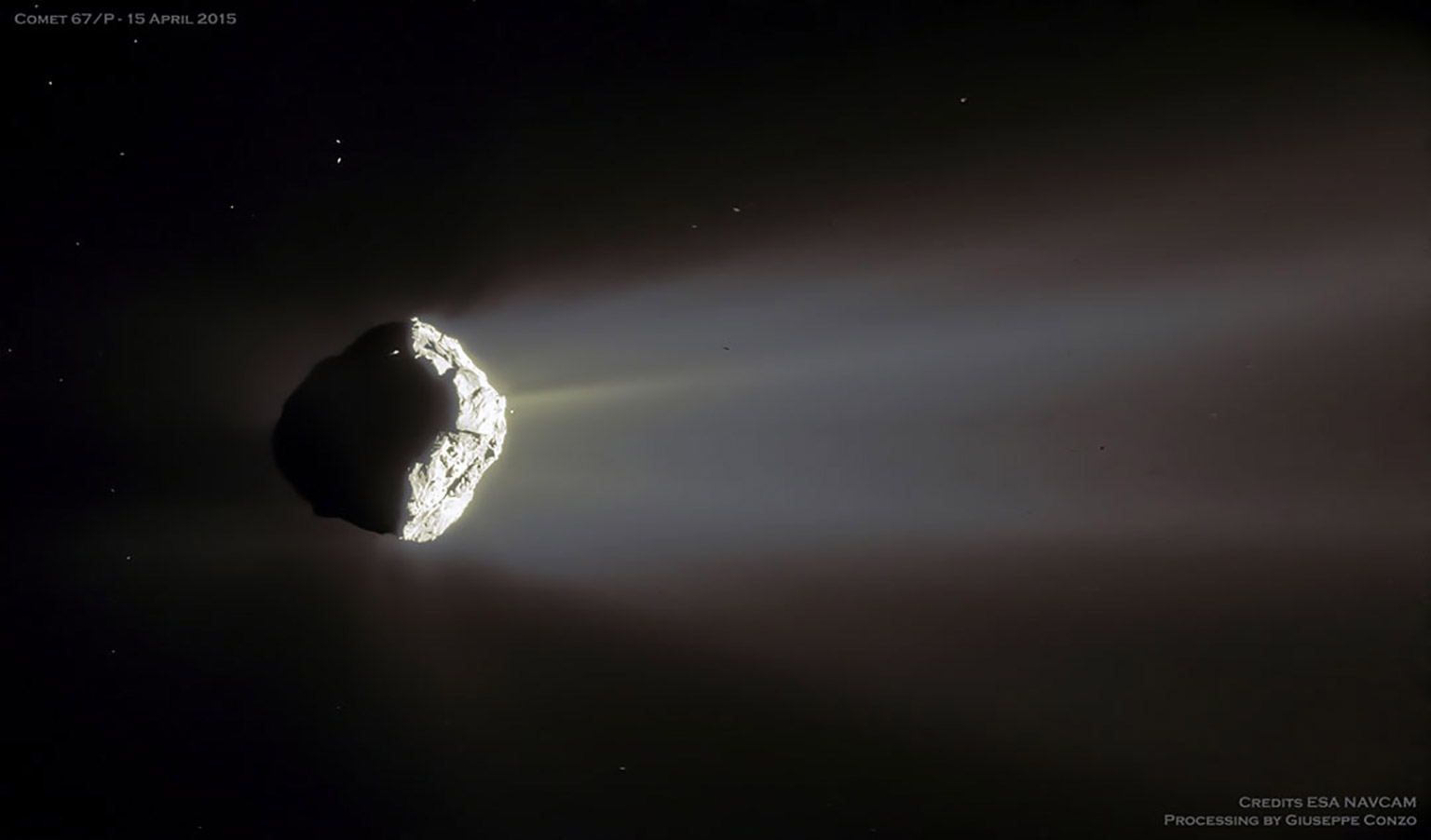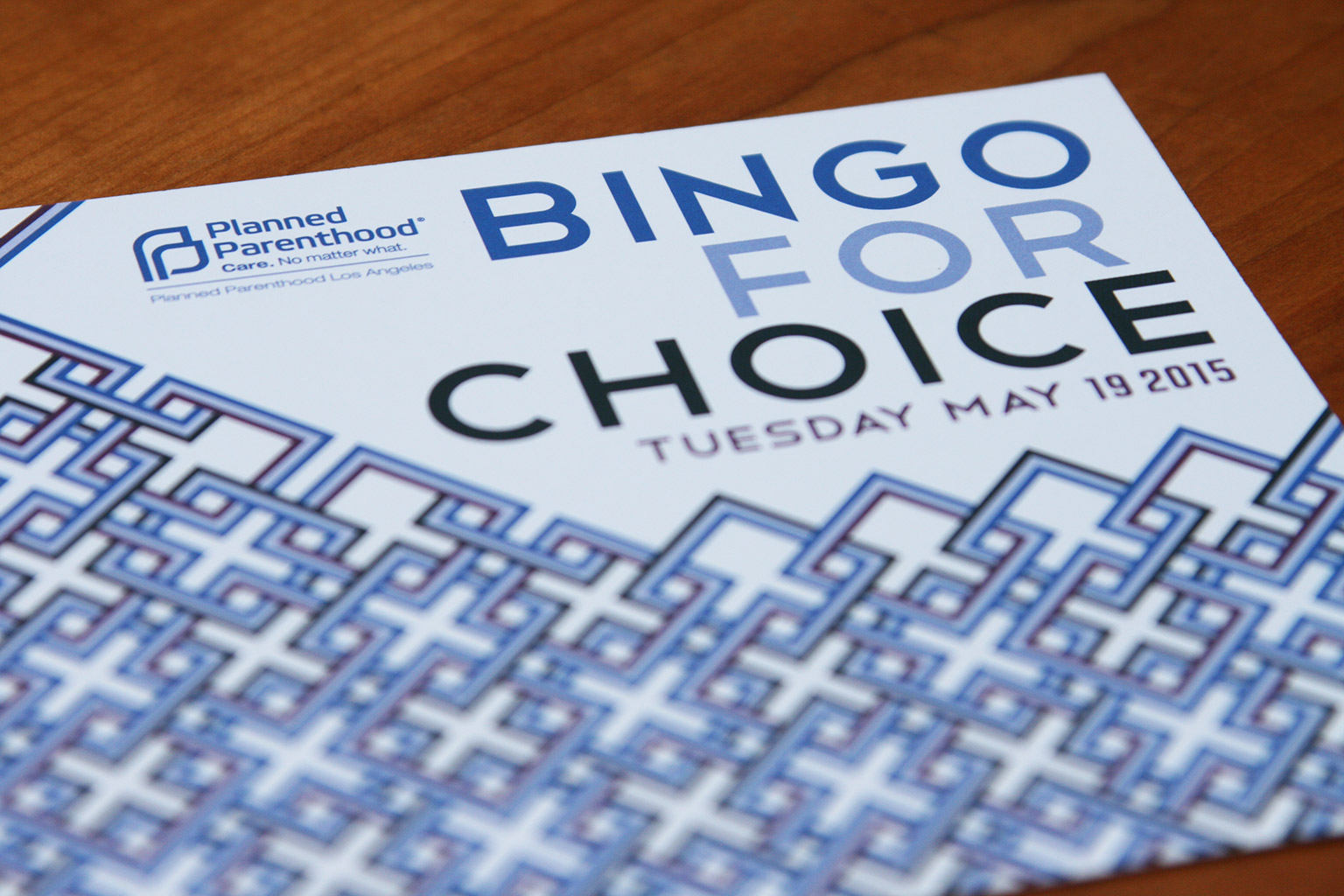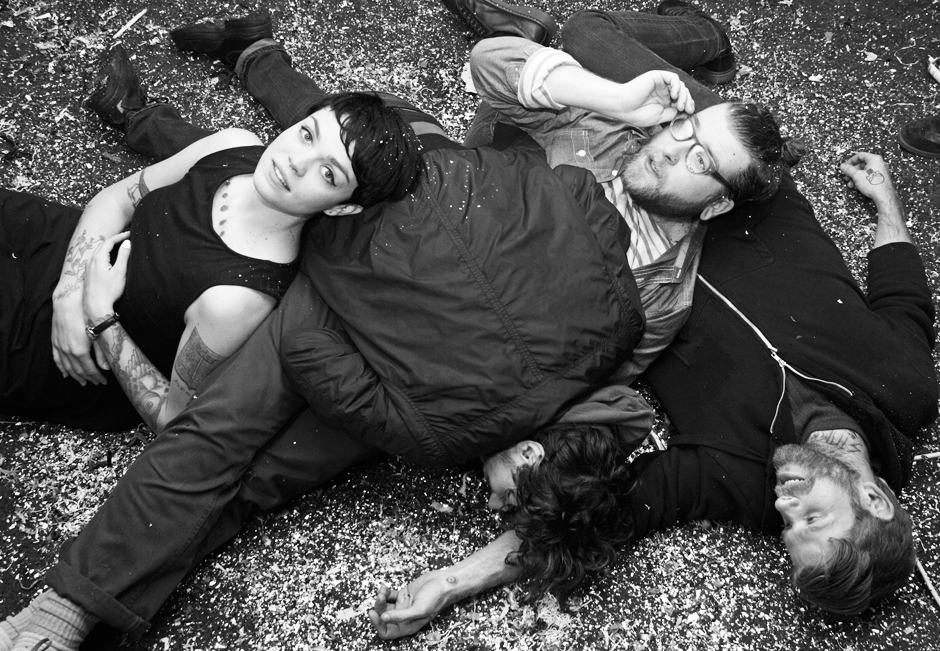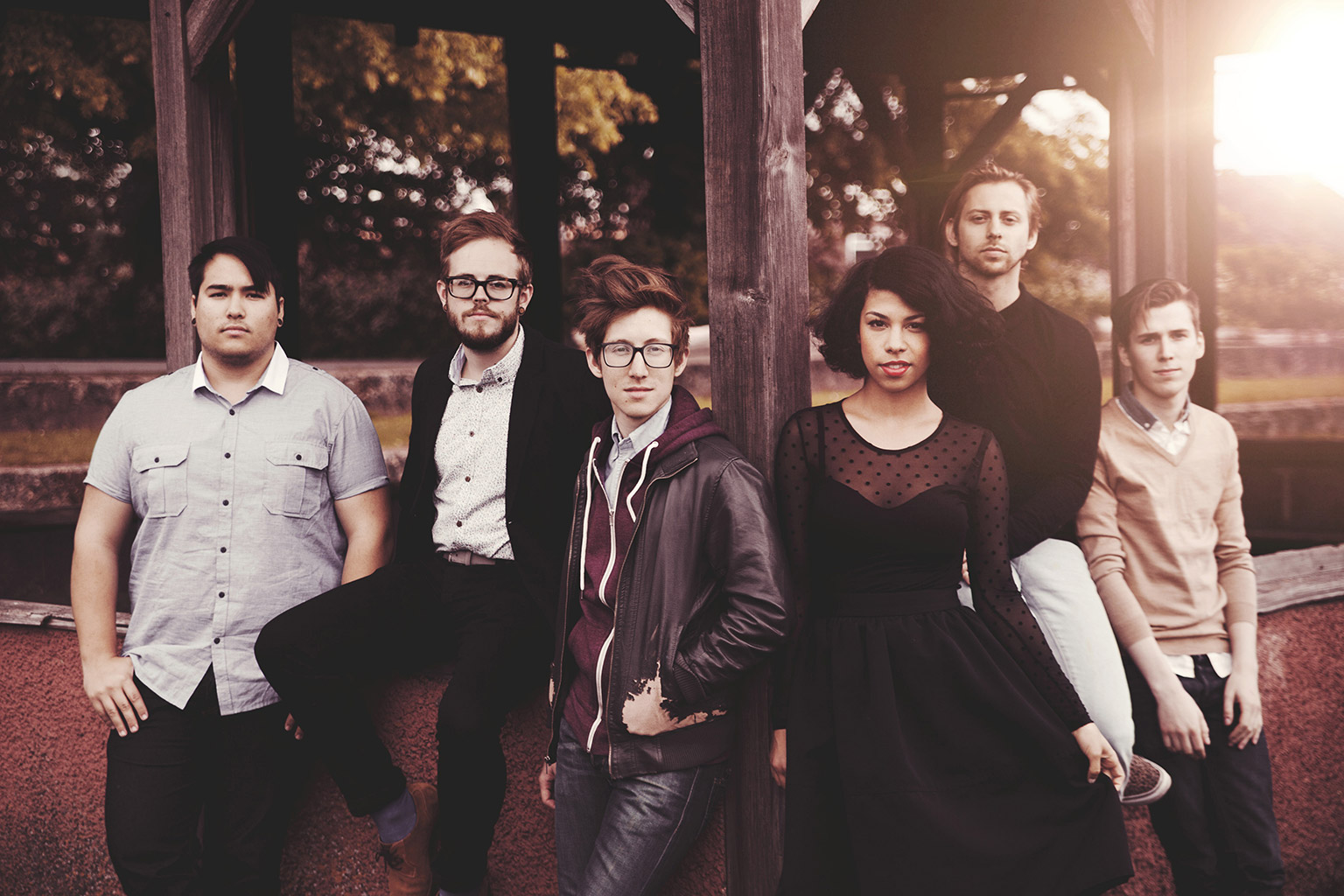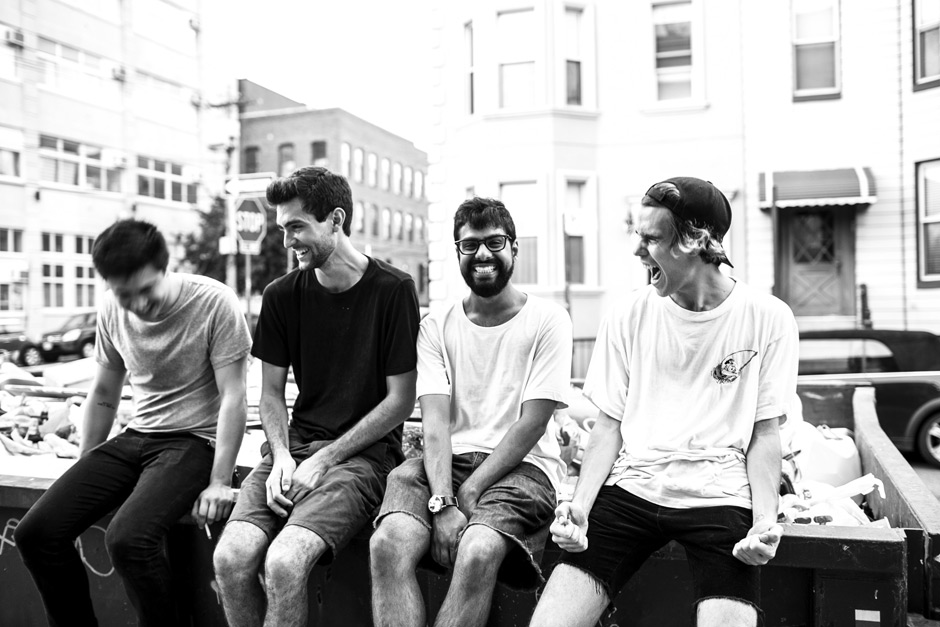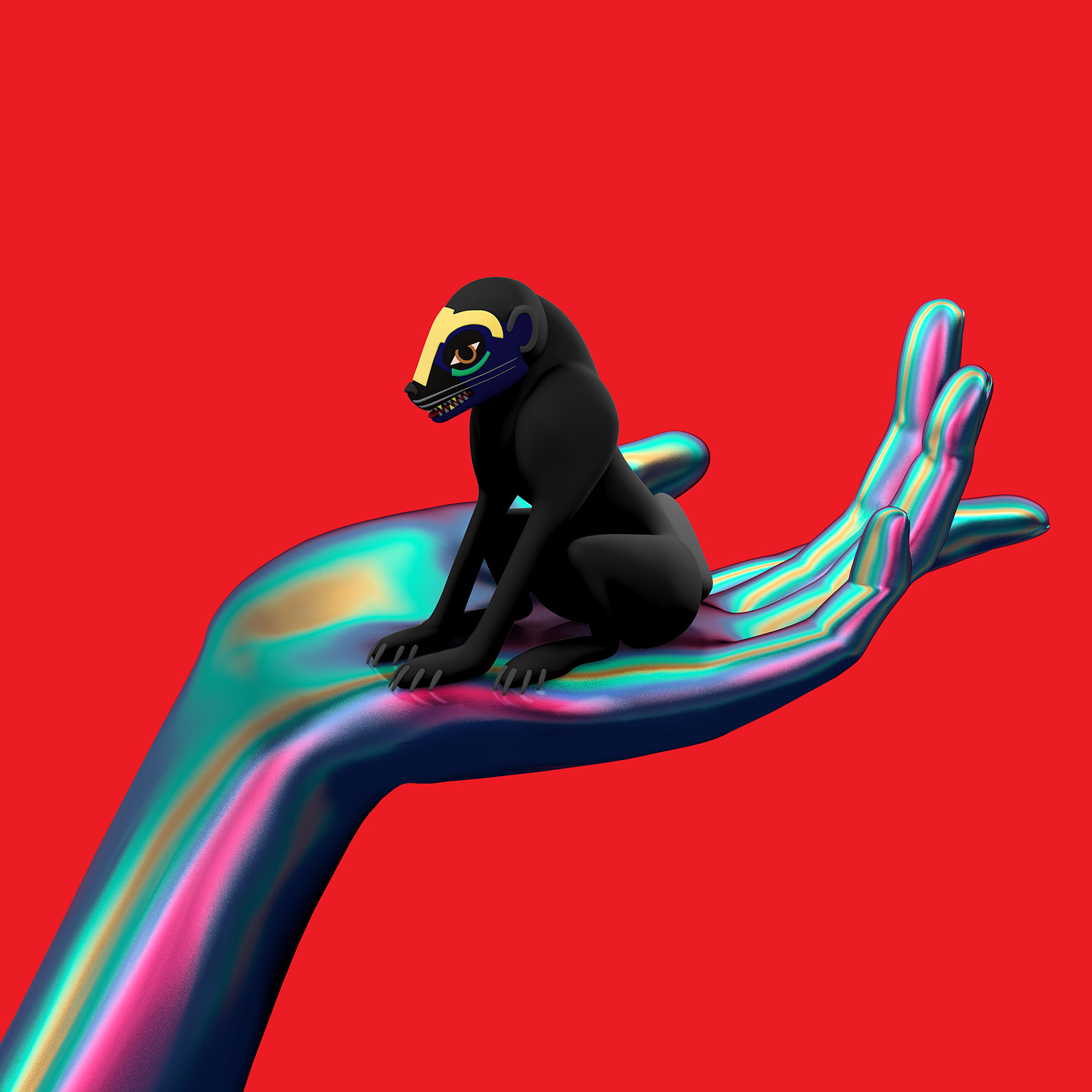March 19, 2014
Three or so years ago, we were lucky enough to be invited to a showcase set up by Barsuk Records at Mercury Lounge. The show was essentially a warm-up set before the excellent Mates of State set out on a gigantic tour, and the Mates were, of course, superb. To be expected.
Unexpectedly, though, then-recent label-mates, Yellow Ostrich also really impressed us at the time. Two albums and years later, they continue to do so today. With a new album—Cosmos—just out, a slew of just-played SXSW shows now behind them, and a US tour underway, we thought we’d catch up with frontman, Alex Schaaf (above, second from left), to talk about the band origins, how growing from a two- to a four-piece has changed their sound, and muuuuuuuuuuurder.
raven + crow: Alright, Alex, first off, thanks for taking the time to answer some questions. We’ve been fans ever since we randomly caught you opening for Mates of State at that Mercury Lounge Barsuk showcase a while back. 2011, maybe? Can you tell us how the band started—I read that you and Michael met when you opened as a solo act for his old band, Bishop Allen? We totally loved those guys.
Alex Schaaf: Bishop Allen came to my school (in WI) to play a show, and I convinced the booking committee (of which i was a member) to let me open the show as Yellow Ostrich—it was the first YO show i ever played. It was just me and a floor tom and looping pedals. I think i played “WHALE” and four other songs. I met Michael there, and then I moved to NY a few months later and got in touch with him again.
Some of my favorite bands back in the nineties were guitar-drum two-pieces—The Spinanes, Kicking Giant…. Did you all make a conscious decision to grow the band beyond a two-piece at any point or was it more natural?
We played for a couple of months as a two piece, but it was a relatively quick decision to expand to three people — it was just way too much work to do everything we wanted to do with two people. A two-piece is great if the music you want to make fits two people, but the music we wanted to make was much bigger, so we needed more people to make it happen.
And we hear Jon (bass, horns) has moved on and you now play as a four-piece, correct?
Yes we have two new guys, Jared and Zach, who joined over a year ago, before we started working on Cosmos.
How has that changed your live show, besides making it…louder?
It feels much bigger and looser—with four people it’s easier to expand the sound and create different things than you can with three. And with four people we don’t need to loop things as much, so we’re barely looping at all now, which is pretty exciting. It’s more rewarding right now to just play the songs and react to each other live, rather than laying down a loop that’s rigid and unchanging, which you have to try and stay on top of throughout the song. It’s really fun now to be able to play everything without having to loop it, just a natural progression.
Yeah, I totally think that every time I see someone doing the looping live thing—it must be so constrictive some times. So, as with the veering away from looping, how else do you see the band and song-writing growing or evolving with the new album?
With this one it was a very collaborative process, and with four people there’s always going to be different ideas and influences swirling around, so it’s exciting to see what comes out in the end. I feel like the band is taking steps towards a sound that’s more intuitive and pulsing, something you feel in your chest instead of hear in your head.
That’s really exciting. And totally something I think you can track and hear in the work chronologically. Now, you all have a history of odd, slightly creepy, photo-based album art. Can you break down the cover for Cosmos for us? Is that a pre-existing photo or something that was made for the album?
It’s a still from a video by Bas Jan Ader, a Dutch artist from the 60s-70s. He did a series of short films where he claimed his artistic medium was ‘gravity’—they are all just people falling down, but not in a Jackass way, in a way that makes the act of falling seem profound somehow. So the cover art is a still from one of those videos, captured mid-fall obviously.
Oh, that’s cool. We’ll totally have to look into his work. Speaking of videos, I think the first one I saw of your’s was for “WHALE”—one of my favorites from The Mistress. Was that you jumping from the cliff or was that a stunt double?
Oh that’s me. I had to overcome several phobias to do that shoot—a fear of heights and a fear of swimming. And we had to do 7-8 takes of that, each of which was progressively more terrifying somehow.
Good god. Well the final product seems worth it…though I can say that since it wasn’t me being terrified. Where was that? Looked like Saugerties or thereabouts….
Yeah, it was somewhere in upstate NY.
True or made-up Wikipedia thing—Michael won Beard of the Year Award from MTV two years running?
Made-up Wikipedia thing!
I fuckin’ knew it! Speaking of Michael, every time we’ve seen you guys live, he’s had so much going on. He’s not your everyday rock drummer with a standard trap set. I assume he’s keeping that musical eccentricity up?
He’s really found his own sound and style with the kit. At this point, it seems so natural that I don’t even think about it being ‘different’ or eccentric, it’s just a different way of approaching the drums. It’s definitely very impressive how he can play both regular kit (which he does with the other bands he’s played with), and this set-up, without blinking an eye.
Totally agree. It lends a great, unique sound to an already unique-sounding band—we love the fact that you all aren’t content with just being your standard catchy indie band. But how does your song-writing work? Most songs seem like yours, so to speak, and I’m assuming they get built out in practice. Is that way off?
I tend to write the main framework of the songs, like the chords and melodies, and then I send them to the other guys and they get fleshed out in terms of arrangements and textures. Like, I’ll start out with a simple beat on a demo, and by the time Michael’s done with it, it’s much more expansive and nuanced.
That’s awesome. I bet there are a lot of bands out there that’s like a ‘mail order’ system kinda like that. “Dude, make this song I wrote even more awesome, thank you.”
You’ve been at this a while now—what would you say makes for compelling performances, musical or otherwise?
I think a compelling live performance happens when you feel like the artist is really taking a risk and putting themselves out there. In terms of performance, I like when the band feels right on the brink of “total genius” and “this could fall apart at any minute”. Sometimes when things are too polished and practiced it can feel a little stale.
One hundred percent. The inevitable influences question—who would you say feeds into your work creatively?
We all have such different tastes and influences that it’s hard to name one or two artists. Somewhere near the crossing point of Jimi Hendrix and Leonard Cohen.
That’s oddly fitting. Favorite thing about Brooklyn?
The fact that right now I could be at 6 different record stores within a 5-minute walk from my house.
I assume you live in Williamsburg then. And LA? Favorite thing?
The ocean.
Band you can’t stop listening to of late?
Lately I’ve been non-stop listening to Kendrick Lamar. Also Jai Paul.
No shit! Man, we wrote Jai Paul up in 2010 because that dude’s song “BTSTU” blew us away so much. His music is nuts.
Okay, finally, if you’d be so kind as to indulge us—tell us one crazy thing about you or the band that you always wish would come up in an interview but never does. Totally having you do my job for me….
Michael once killed a man. But he wasn’t caught, so that’s why we don’t talk about it in interviews. Oh……shit….where’s the delete button….does ‘send’ mean delete?….lemme try that…..
Aaaaaaaand scene.
You can buy Yellow Ostrich’s excellent new full-length, Cosmos, online and at fine record stores everywhere—walk to your nearest one now and pick it up; you’ll be glad you did. LA—hopefully you caught the band at the Echo last night; the rest of the country can see them live with (the also excellent) Pattern is Movement as they make their way back to New York for a homecoming show at the Bowery April 4. Full list of tour dates on the band’s site.
 Guys, guess what—the restaurant at the beautifully historic 1920’s hotel and celebrity hot spot, Chateau Marmont, is totally vegan friendly.
Guys, guess what—the restaurant at the beautifully historic 1920’s hotel and celebrity hot spot, Chateau Marmont, is totally vegan friendly.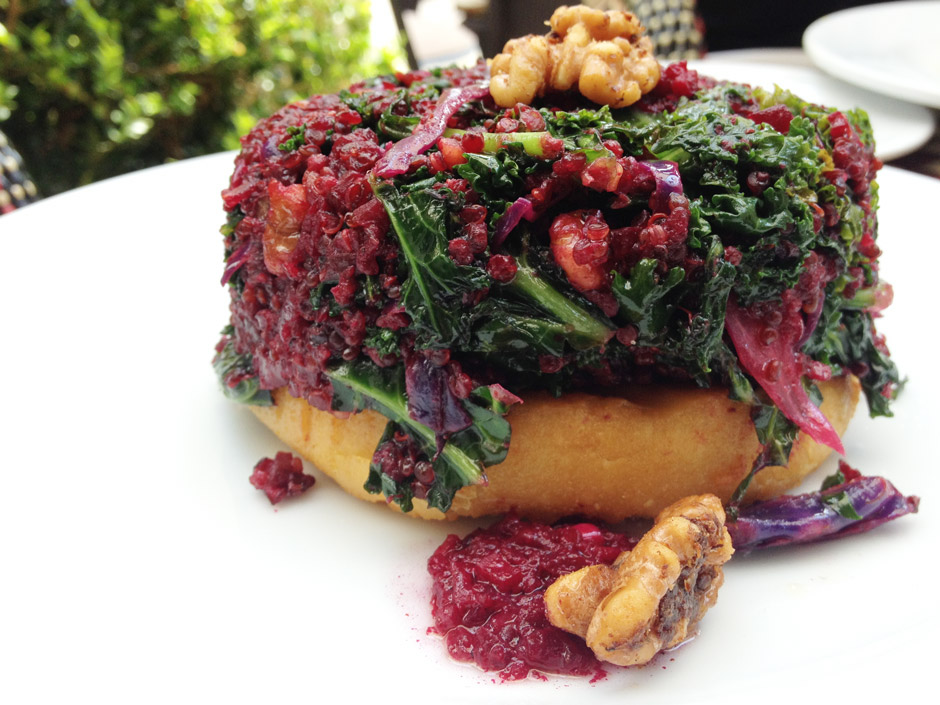

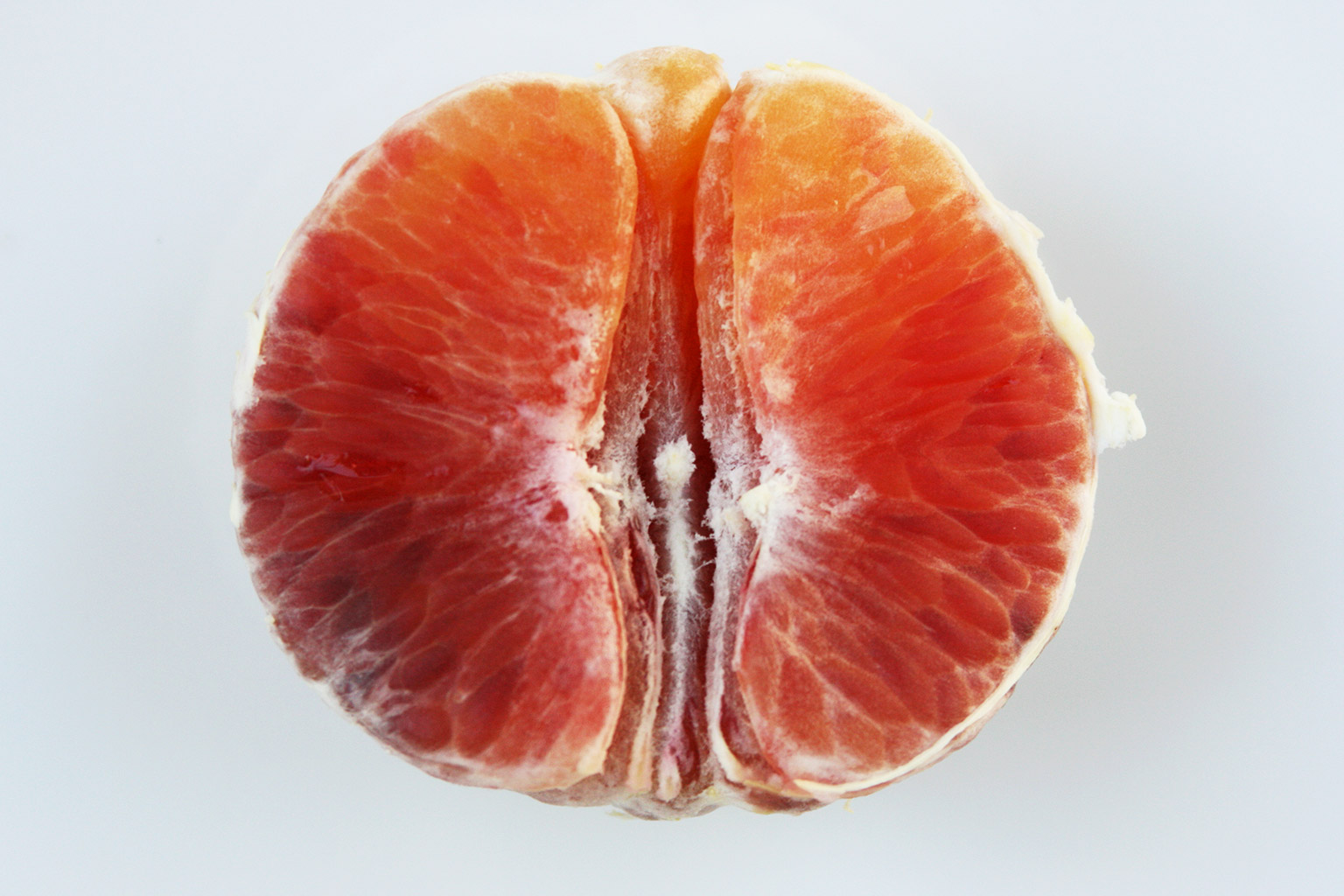




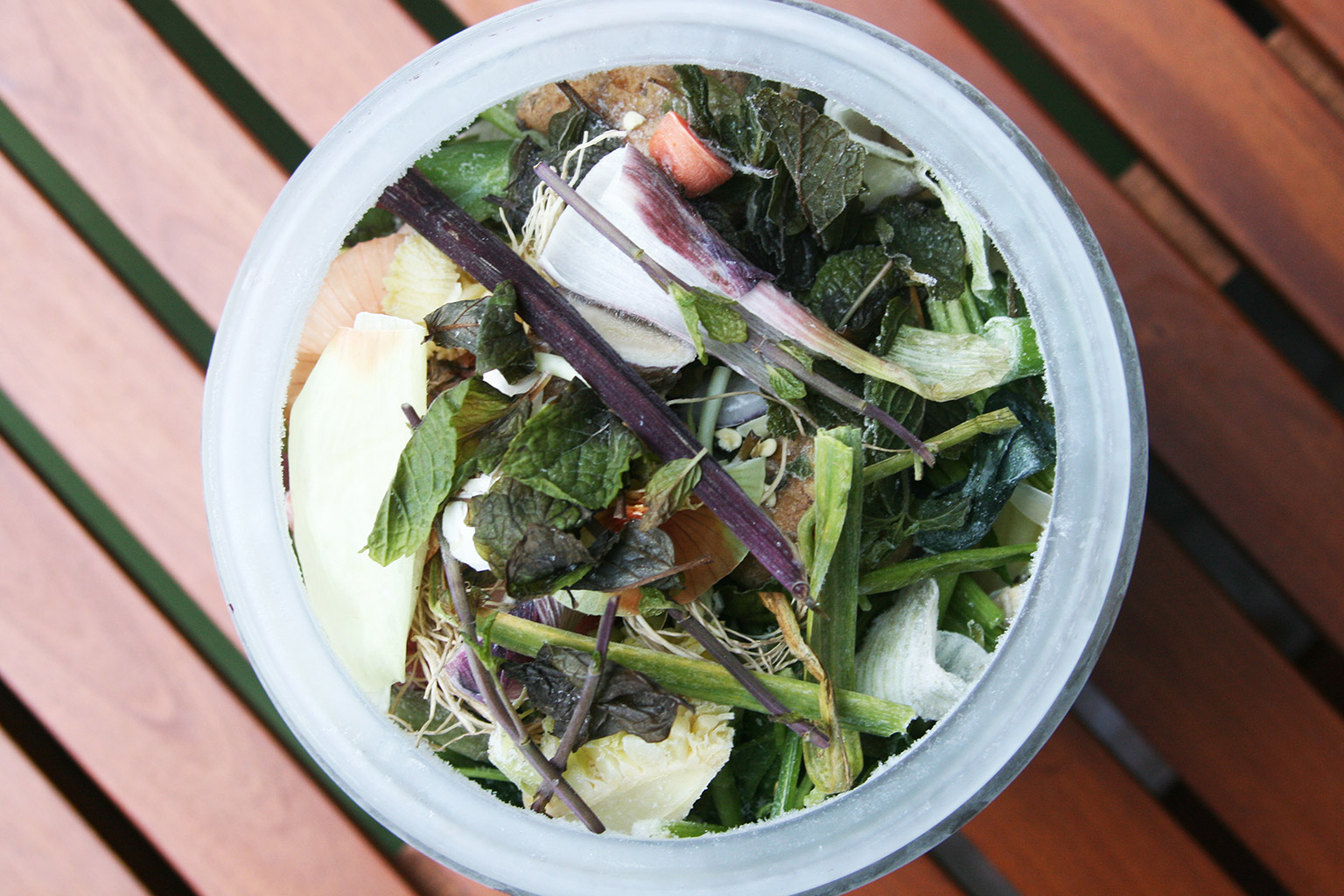
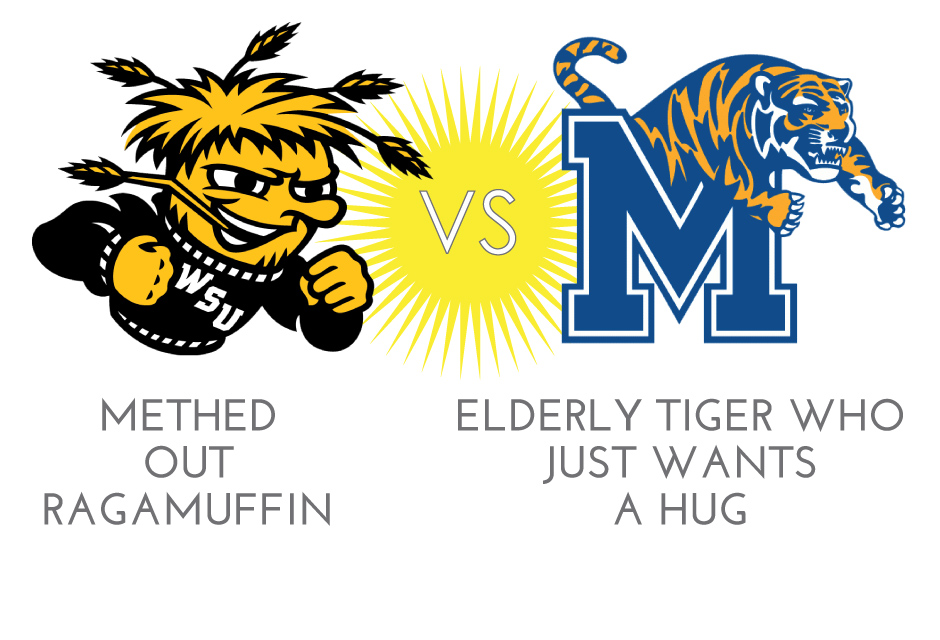
 First off, we tip our hats to the many schools with newly redesign logos, first and foremost to VCU, who literally debuted a solid new mark days ago, incorporating their mascot (the ram) in a nice, subtle way in the V of the logotype. Also redesigned last year, UCONN’s logo which used to look very much like a dog our dog would like to hump (to the right)—such flowing locks; and that tongue! The San Diego State Aztecs ditched the old-school gold outline and went with a more up-to-date, flat design and a slightly more square layout—we highly approve the more useable logo. And the Creighton Blue Jays—awesome. That bird looks badass. And he used to look like
First off, we tip our hats to the many schools with newly redesign logos, first and foremost to VCU, who literally debuted a solid new mark days ago, incorporating their mascot (the ram) in a nice, subtle way in the V of the logotype. Also redesigned last year, UCONN’s logo which used to look very much like a dog our dog would like to hump (to the right)—such flowing locks; and that tongue! The San Diego State Aztecs ditched the old-school gold outline and went with a more up-to-date, flat design and a slightly more square layout—we highly approve the more useable logo. And the Creighton Blue Jays—awesome. That bird looks badass. And he used to look like 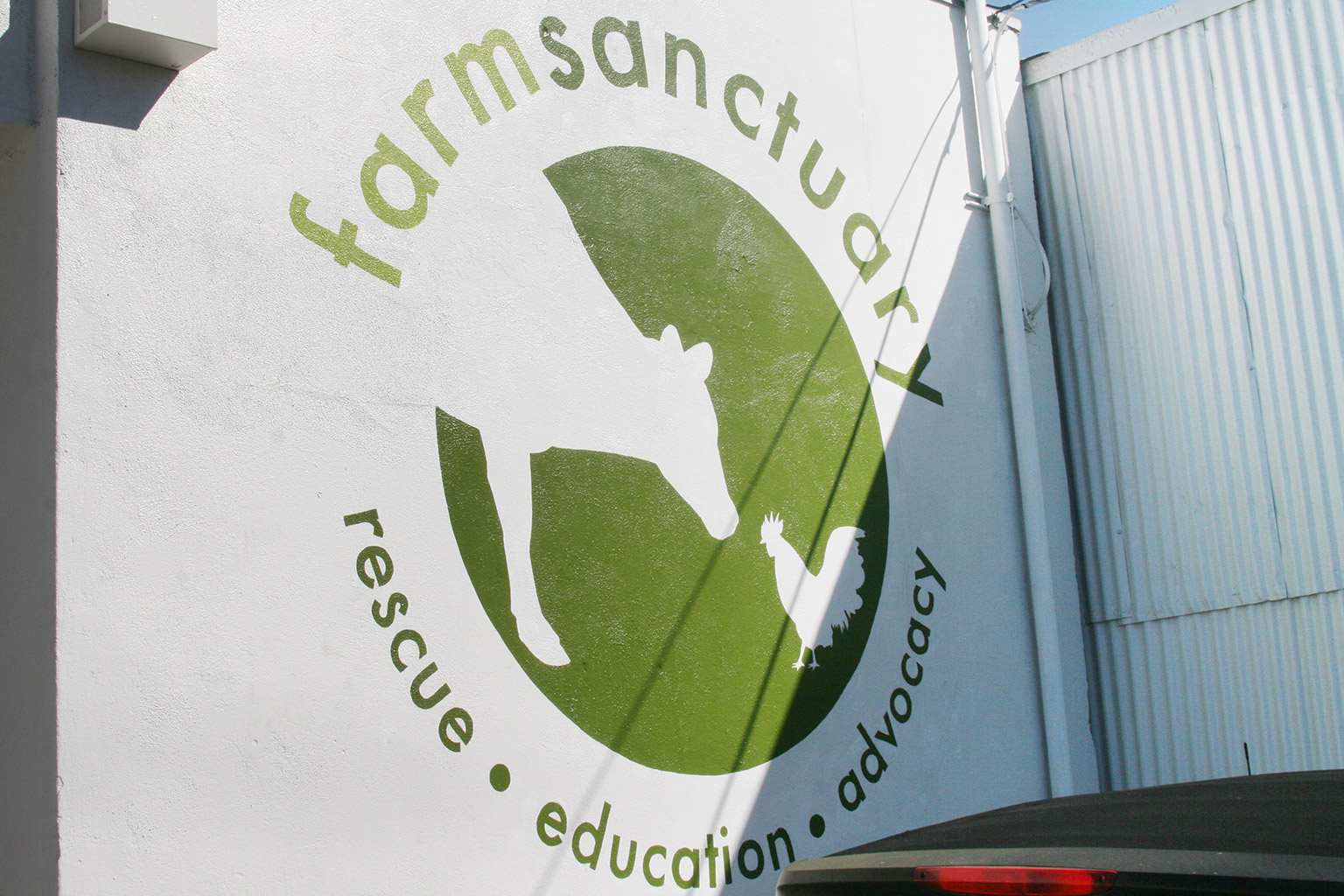
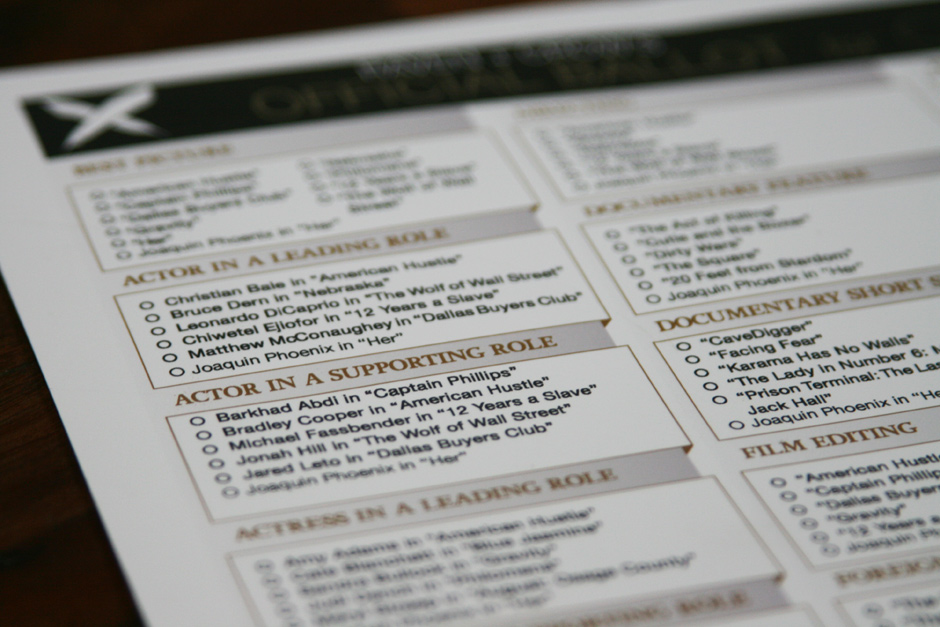

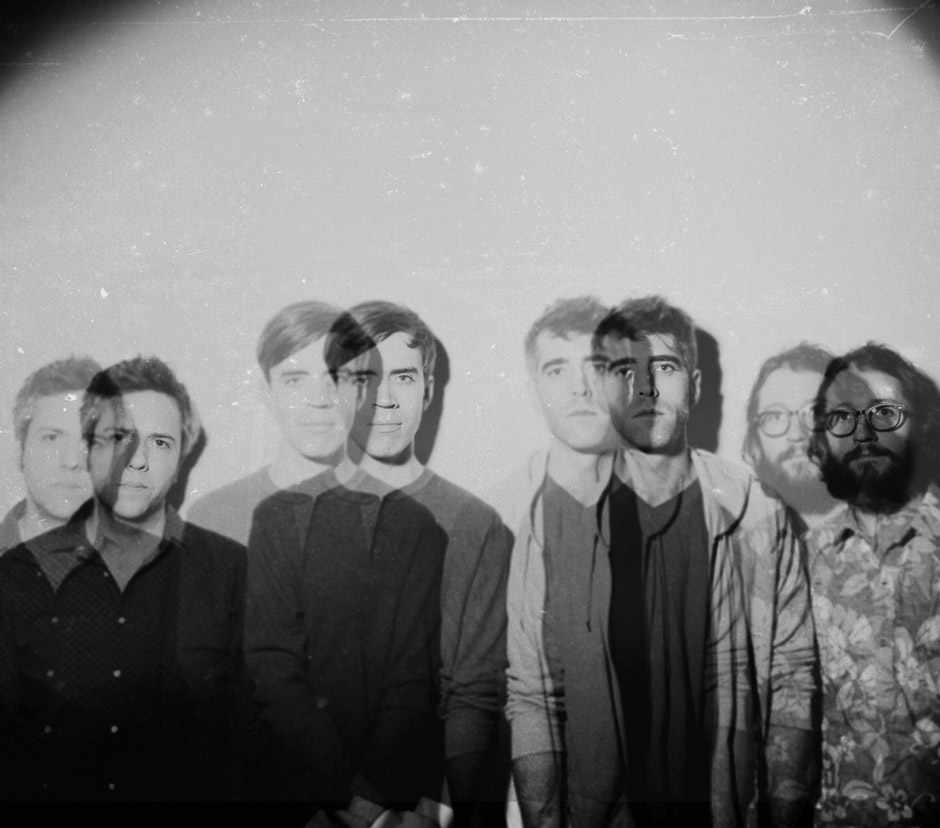



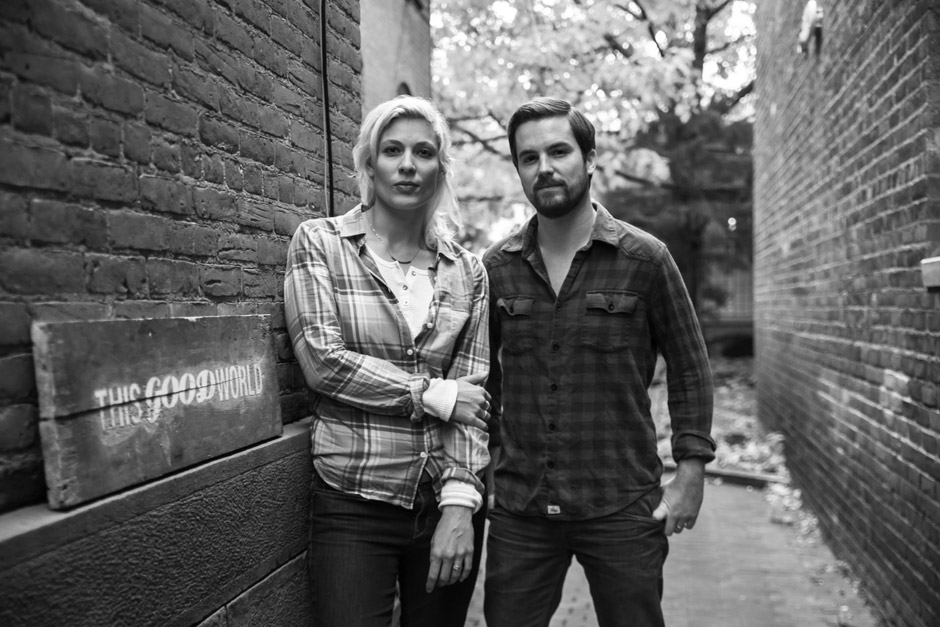
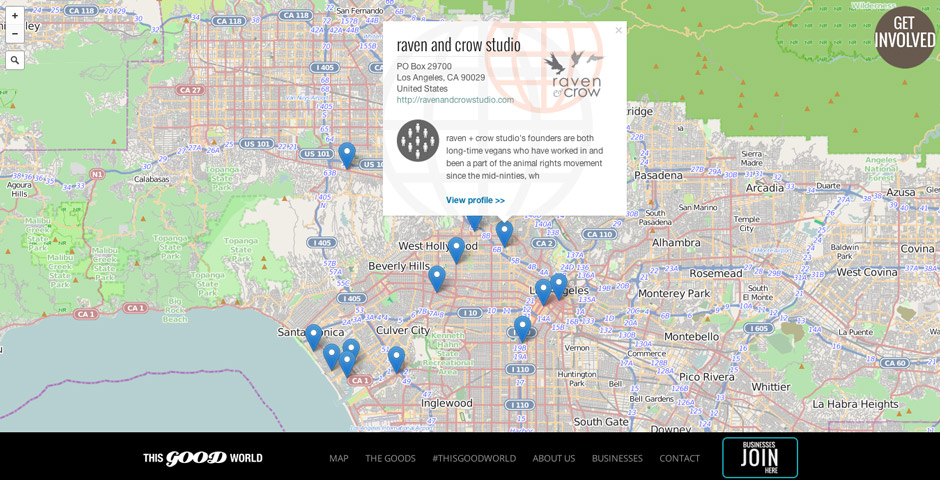
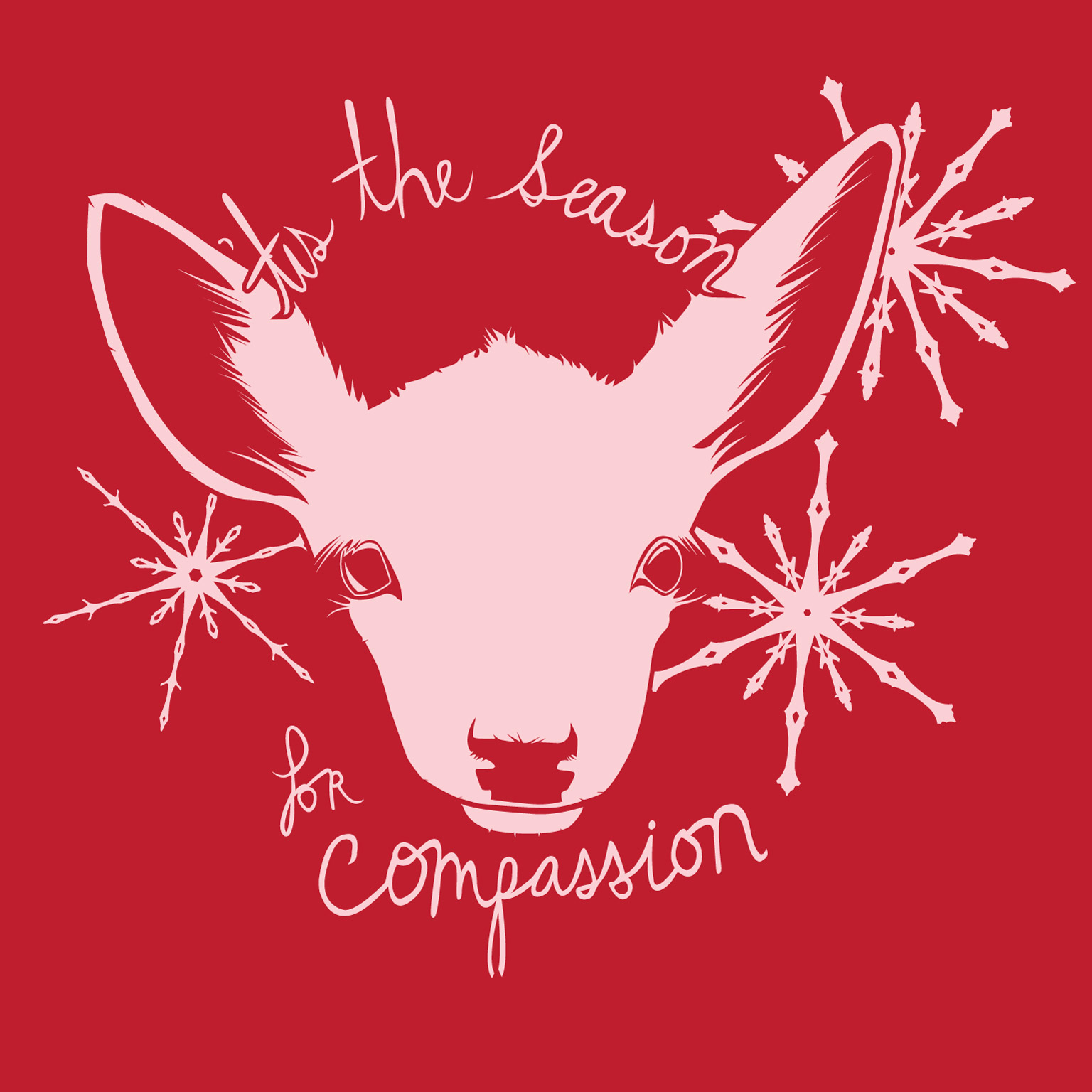
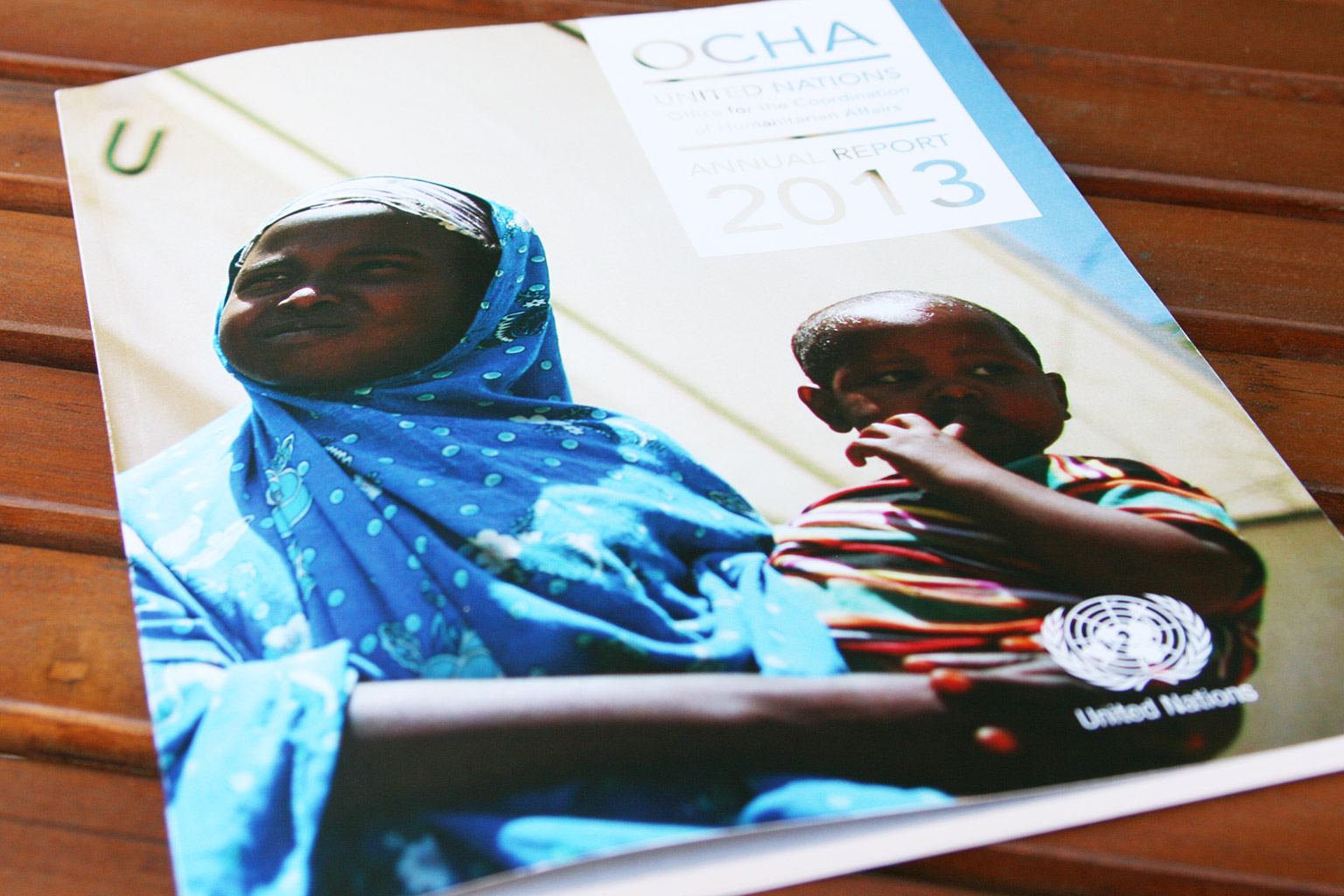


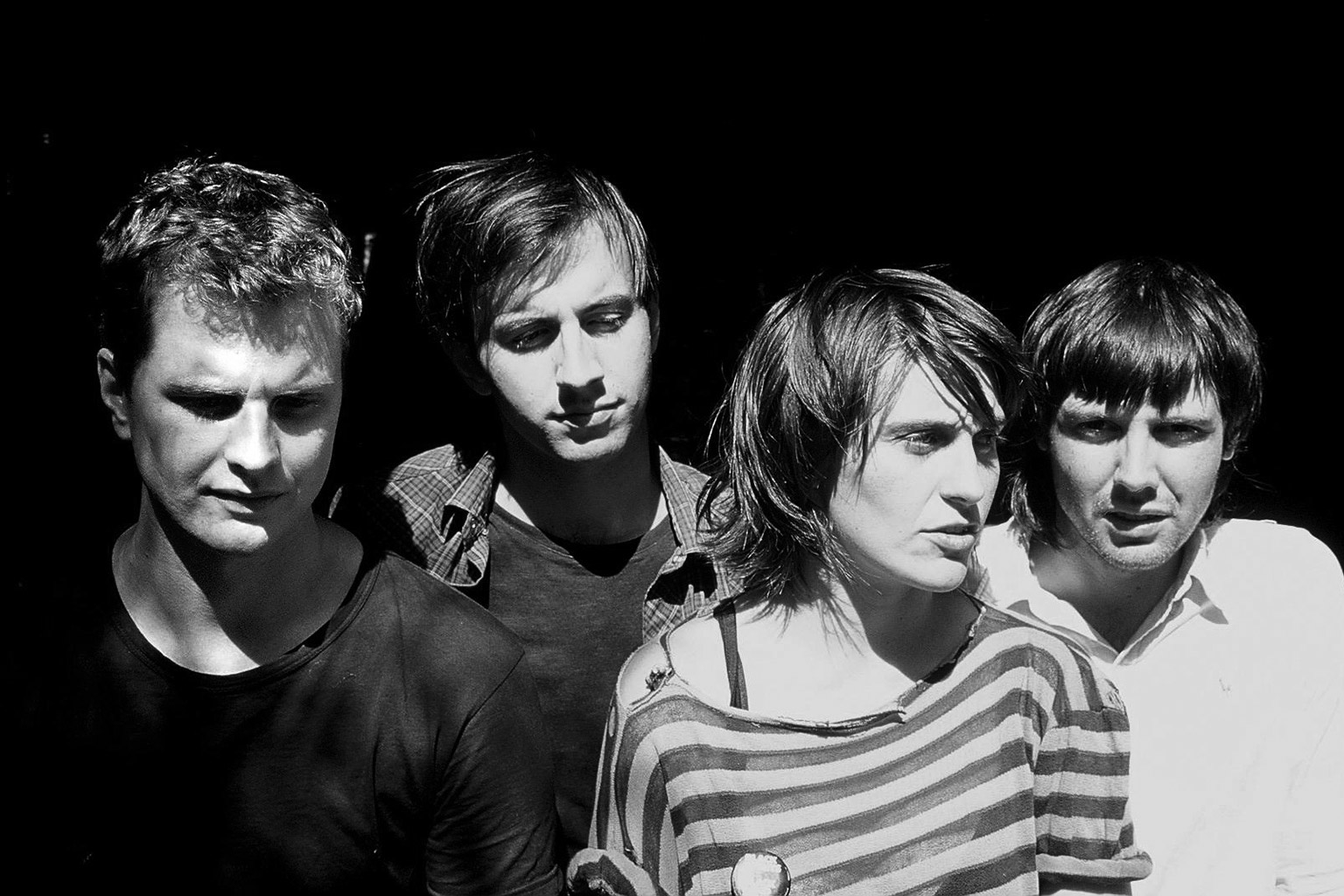

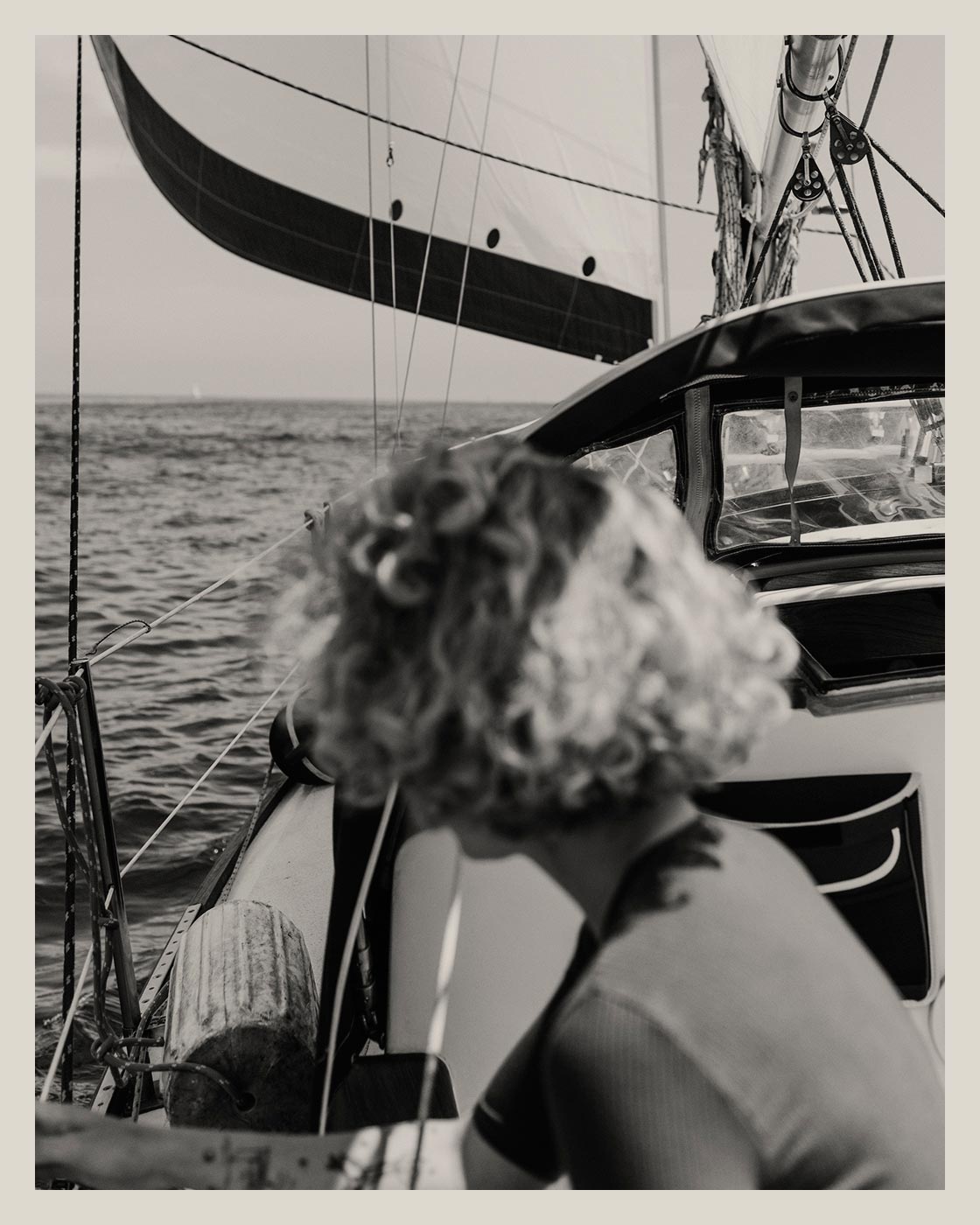
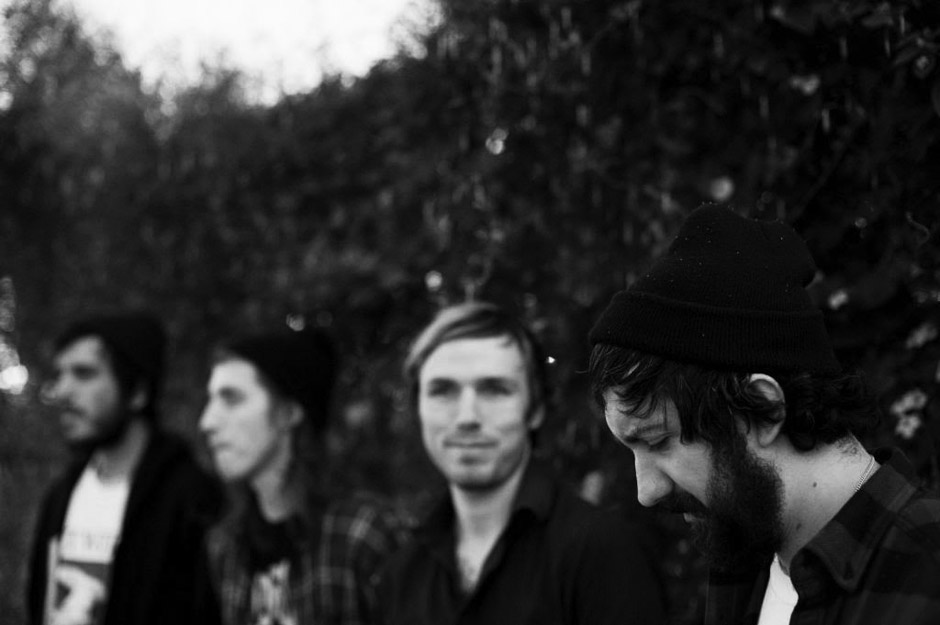
 Taking a sudden, sharp, sunny corner musically, we’re also calling out a long-time favorite of ours, pop singer-songwriter,
Taking a sudden, sharp, sunny corner musically, we’re also calling out a long-time favorite of ours, pop singer-songwriter, 

